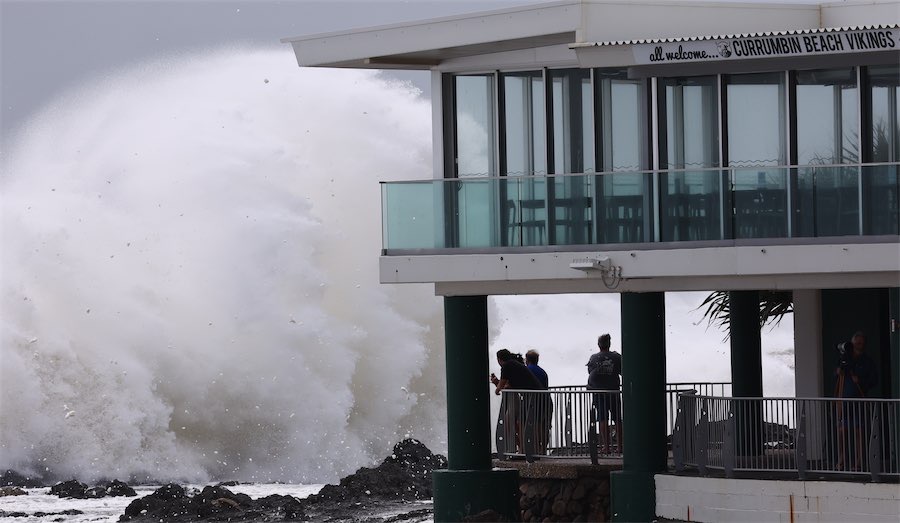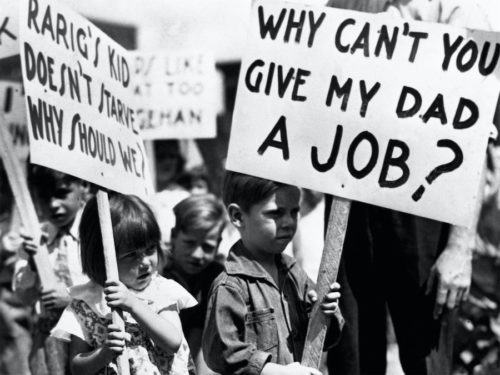
“The anticipated increase in revenues and control on expenses reflected in this budget’s forecasts are simply not credible.” JON STANHOPE & KHALID AHMED reveal why another credit downgrade is inevitable.
Andrew Barr has presented his thirteenth ACT budget and, as with his previous 12, there is no prospect of a balanced budget, let alone a surplus, to provide a buffer against the next fiscal shock.
The chief minister and treasurer has forecast a $972 million improvement in the operating position over the budget and forward estimates period, but even such a miraculous improvement will not get the budget into the black.
More importantly, as with previous forecasts, the anticipated increase in revenues and control on expenses reflected in this budget’s forecasts are simply not credible.
Table 1 provides the revenue and expenditure estimates for the General Government Sector as published in the Budget Papers.

For the current financial year (2023-24), which is the starting point for the budget, the Budget Papers show a revenue shortfall of $209 million, and an expenditure blowout, coincidentally, of $209 million against the original 2023-24 budget. In other words, revenue was overstated and expenditure was understated in the original budget. We have previously highlighted through detailed analysis that this has been the hallmark of Mr Barr’s past budgets.
The deficit increased from the original forecast of $662 million (7.9 per cent of the budget) to $1.080 billion (12.6 per cent of the budget) as the current forecast. Proportionately, this is the largest deficit of any Australian state or territory.
From this starting point, the government is forecasting an improvement of $972 million through a compounding growth in revenue of 6.6 per cent per annum and expenditure growth held at just 3.4 per cent per annum.
Expenditure is driven by a combination of parameters such as wage growth, changes in the consumer price index and population growth. We made this point in relation to the 2023-24 budget forecast for expenditure and advised that the estimate was not credible.
We note that the government’s estimate is now 2.5 per cent higher than the original budget. Unless, heaven forbid, the government has plans for undisclosed cuts in services, we believe, with a high level of confidence, that the expenditure forecasts in this budget are understated by around 2 per centa year.
Revenue growth is well above the predicted rates of inflation and population growth.
To put the budgeted revenue growth in perspective, the budget forecasts include an additional $664 million in 2024-25, a further $596 over and above that in 2025-26, and an additional $517 million in 2026-27 and $410 million in 2027-28, largely from own sources.
It is almost certain, based on past forecasting performance, that the revenue forecasts are significantly overstated, in which case the forecast improvements in the operating budget will vanish.
However, if these revenue estimates are in fact achieved, the heavy lifting to achieve the weight of increase in revenue will be largely borne by Canberra households and businesses.
That is not a good omen for those families struggling through the current cost-of-living crisis. In any case, the mere fact that the government plans to raise revenue well above any reasonable measure highlights that the government’s professed concerns about the cost of living are empty and meaningless rhetoric.
The government has tried to reassure Canberrans by claiming (on Page 39 of Budget Paper 3): “The ACT remains a relatively low-taxing jurisdiction, as illustrated in Figure 3.1.1, which shows our own-source tax revenue as a share of Gross State Product is the equal third lowest across all Australian states and territories at 5.1 per cent.”
With respect, that claim is laughable and must be so embarrassing for a professional Treasury to have to own. We have previously written about concocted and meaningless measures adopted by the government that not even Humpty Dumpty would have had the nerve to choose.
The own source taxation to GSP ratio falls into that category. We find it incredible that Mr Barr could not possibly know that almost half of the ACT’s economic activity cannot be taxed as it relates to the Commonwealth Government. The territory is, of course, therefore compensated through the GST distribution.
One does not need to look far for a meaningful comparison. The NT has, for instance, in its latest budget papers provided a proper comparison of “taxation effort” across Australia ie, taxation relative to the available base and capacity as assessed by the Commonwealth Grants Commission. In the following we have copied Table 4.6 from the NT’s Budget Paper 2 (Page 40) which reveals the true position.

Contrary to the ACT government’s claims, the ACT is the highest-taxing jurisdiction in Australia, imposing taxes at 135 per cent of its capacity. In comparison, the NT has a financial policy target to stay below 90 per cent on this measure.
Net Debt is rising at 14.2 per cent per annum, with interest costs increasing at a staggering 21.1 per cent every year over the budget and forward estimates. Interest costs are forecast to reach $832 million per annum by 2027-28, outstripping expenditure on social protection and housing and community amenities.
We will provide a more detailed analysis of the budget and its initiatives in the coming weeks. Here we consider the question whether the ACT is in the same boat as other jurisdictions, as often claimed by the Treasurer.
With the exception of Tasmania, all states and territories have now presented their respective budgets for 2024-25, with the Tasmanian budget to be handed down in September. Chart 1 provides a comparison of the ACT’s Net Operating Balance with the weighted average of all states (with the exception of Tasmania) and the NT.

Across Australia, jurisdictions are returning to balanced and surplus budgets. In fact, of comparable jurisdictions, SA is forecasting a surplus in all years, and the NT is forecast to return to surplus in 2025-26. The ACT remains in deep deficit, and its forecast deficits are likely to be much larger for the reasons discussed above.
Chart 2 provides a comparison of Net Debt to Revenue Ratio, a measure that is far more relevant than the debt to GSP ratio, and used by the rating agencies.

The ACT’s Net Debt to Revenue ratio is forecast to increase to 129 per cent by 2027-28, second only behind Victoria.
The ACT’s credit rating was downgraded in 2023-24, and with the growth in debt incorporated in this budget, a further downgrade is almost certain.
Needless to say, if the operating budget forecasts do not hold, and if the government persists in the funding of uneconomic and unfeasible projects, debt is certain to increase. That is not good news for Canberrans of today, their children, and their children’s children who will be paying for the financial mismanagement of this Greens-Labor Coalition for literally decades to come.
Jon Stanhope is a former chief minister of the ACT and Dr Khalid Ahmed a former senior ACT Treasury official.
Who can be trusted?
In a world of spin and confusion, there’s never been a more important time to support independent journalism in Canberra.
If you trust our work online and want to enforce the power of independent voices, I invite you to make a small contribution.
Every dollar of support is invested back into our journalism to help keep citynews.com.au strong and free.
Thank you,
Ian Meikle, editor




Leave a Reply